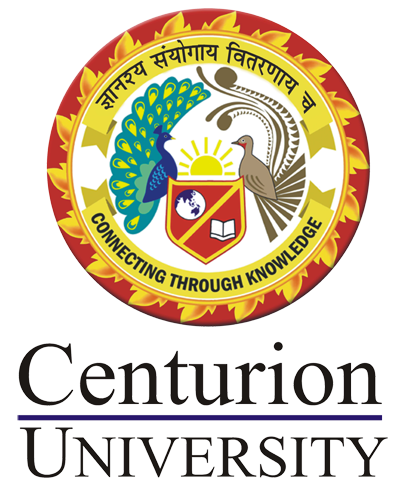Pharmacology II practical
Course Attendees
Still no participant
Course Reviews
Still no reviews
Course Name : Pharmacology II (Practical)
Code(Credit) : BP507P(0-2-0)
Course Objectives
- Learn techniques for drug testing on tissues.
- Conduct bioassays to evaluate drug potency.
- Assess drug activity in animal models.
Learning Outcomes
Upon completion of this course the student should be able to
1Design in-vitro pharmacological experiments to study drug effects on tissues.
2. Develop bioassay techniques to measure drug potency.
3.Combine physiology and pharmacology to assess drug actions on blood pressure and heart rate.
4.Formulate methods to test antiinflammatory and analgesic drug activity.
5.Plan and analyze data from pharmacological studies to evaluate drug efficacy.
Course Syllabus
1. Introduction to in-vitro pharmacology and physiological salt solutions.
2. Effect of drugs on isolated frog heart.
3. Effect of drugs on blood pressure and heart rate of dog.
4. Study of diuretic activity of drugs using rats/mice.
5. DRC of acetylcholine using frog rectus abdominis muscle.
6. Effect of physostigmine and atropine on DRC of acetylcholine using frog rectus
abdominis muscle and rat ileum respectively.
7. Bioassay of histamine using guinea pig ileum by matching method.
8. Bioassay of oxytocin using rat uterine horn by interpolation method.
9. Bioassay of serotonin using rat fundus strip by three point bioassay.
10. Bioassay of acetylcholine using rat ileum/colon by four point bioassay.
11. Determination of PA 2 value of prazosin using rat anococcygeus muscle (by
Schilds plot method).
12. Determination of PD 2 value using guinea pig ileum.
13. Effect of spasmogens and spasmolytics using rabbit jejunum.
14. Anti-inflammatory activity of drugs using carrageenan induced paw-edema
model.
15. Analgesic activity of drug using central and peripheral methods
Note: All laboratory techniques and animal experiments are demonstrated by simulated experiments by softwares and videos
Recommended Books
1. Rang H. P., Dale M. M., Ritter J. M., Flower R. J., Rang and Dale’s Pharmacology,
Churchil Livingstone Elsevier
2. Katzung B. G., Masters S. B., Trevor A. J., Basic and clinical pharmacology, Tata Mc
Graw-Hill.
3. Goodman and Gilman’s, The Pharmacological Basis of Therapeutics
4. Marry Anne K. K., Lloyd Yee Y., Brian K. A., Robbin L.C., Joseph G. B., Wayne A.
K., Bradley R.W., Applied Therapeutics, The Clinical use of Drugs, The Point
Lippincott Williams & Wilkins.
5. Mycek M.J, Gelnet S.B and Perper M.M. Lippincott’s Illustrated Reviews-
Pharmacology.
6. K.D.Tripathi. Essentials of Medical Pharmacology, , JAYPEE Brothers Medical
Publishers (P) Ltd, New Delhi.
7. Sharma H. L., Sharma K. K., Principles of Pharmacology, Paras medical publisher
8. Modern Pharmacology with clinical Applications, by Charles R.Craig& Robert.
9. Ghosh MN. Fundamentals of Experimental Pharmacology. Hilton & Company,
Kolkata.
10. Kulkarni SK. Handbook of experimental pharmacology. Vallabh Prakashan.
EXPERIMENT 2
Effect of Drug on Isolated Frog Heart
effect of acetyl choline and adrenaline on isolated frog heart
EXPERIMENT 5
DRC of Epinephrine using frog rectus abdominus muscle
EXPERIMENT 6
DRC of Propanolol using frog rectus abdominus muscle
EXPERIMENT 7
Effect of cilliary motility
EXPERIMENT 8
Myotic effect on rabbit eye
EXPERIMENT 9
Effect of drug on Blood Pressure and Heart rate
EXPERIMENT 10
Bio Assay of Histamine


Recent Comments